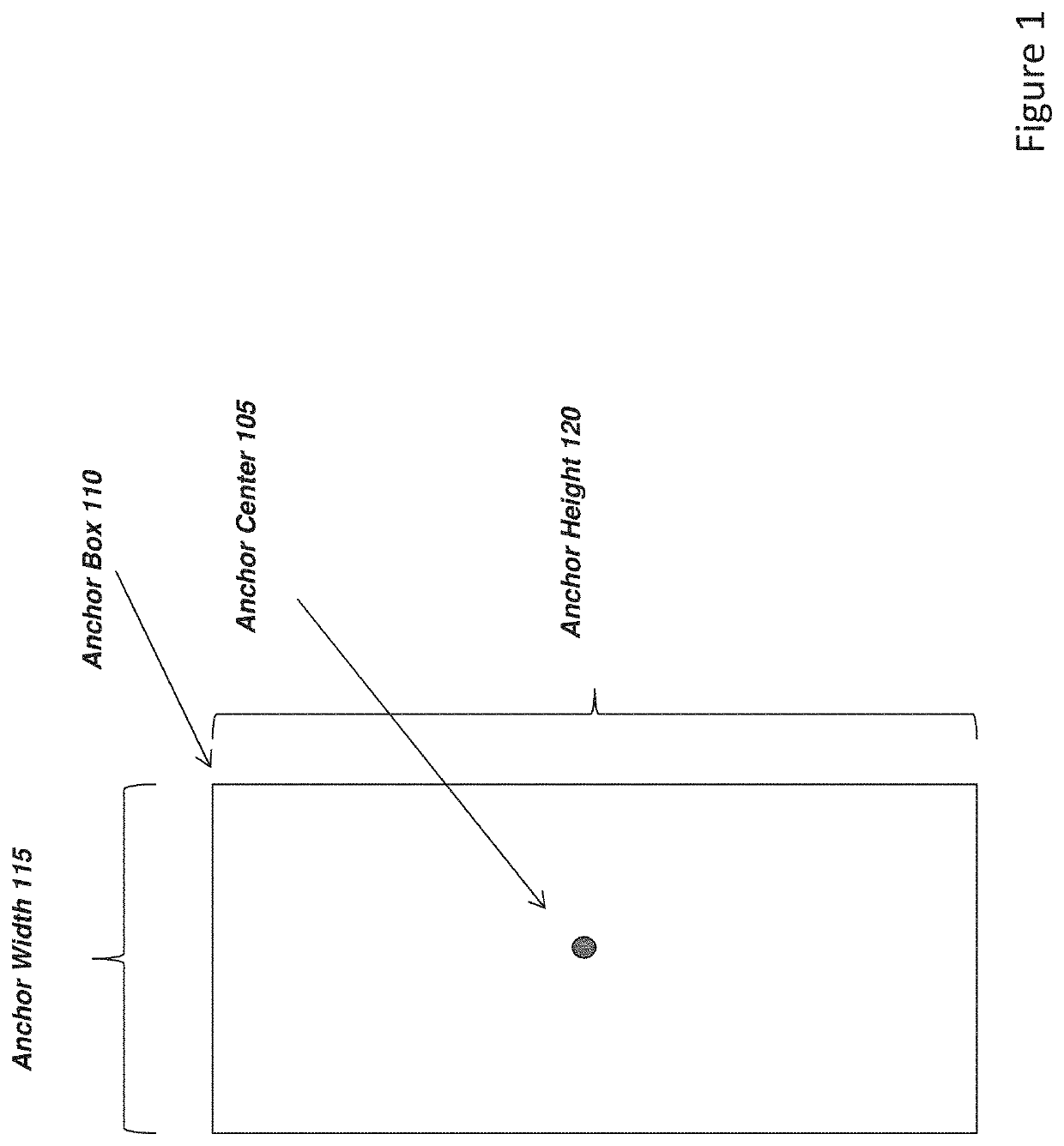Systems and methods for instance segmentation
- Summary
- Abstract
- Description
- Claims
- Application Information
AI Technical Summary
Benefits of technology
Problems solved by technology
Method used
Image
Examples
Embodiment Construction
[0020]The invention provides the techniques and systems that allow for the identification and classification of objects (e.g., humans) in images using a predictive segmentation model. More specifically, human forms are identified within an image by generating pixel-level bounding boxes for each possible object and using offsets and segmentation masking. In some instances, embodiments of the invention use an identified floor plane that intersects with a bounding box to identify a three-dimensional position for the intersection point, which can then be assigned to the human form and represent its depth within the image.
[0021]In various implementations, the disclosed methods and supporting systems use variations of convolutional networks to extract features form an initial image, and subsequently apply a decoder module that upsamples the extracted features back to the same (or substantially the same) resolution as the original input image. An initial bounding box is used as an anchor o...
PUM
 Login to view more
Login to view more Abstract
Description
Claims
Application Information
 Login to view more
Login to view more - R&D Engineer
- R&D Manager
- IP Professional
- Industry Leading Data Capabilities
- Powerful AI technology
- Patent DNA Extraction
Browse by: Latest US Patents, China's latest patents, Technical Efficacy Thesaurus, Application Domain, Technology Topic.
© 2024 PatSnap. All rights reserved.Legal|Privacy policy|Modern Slavery Act Transparency Statement|Sitemap



